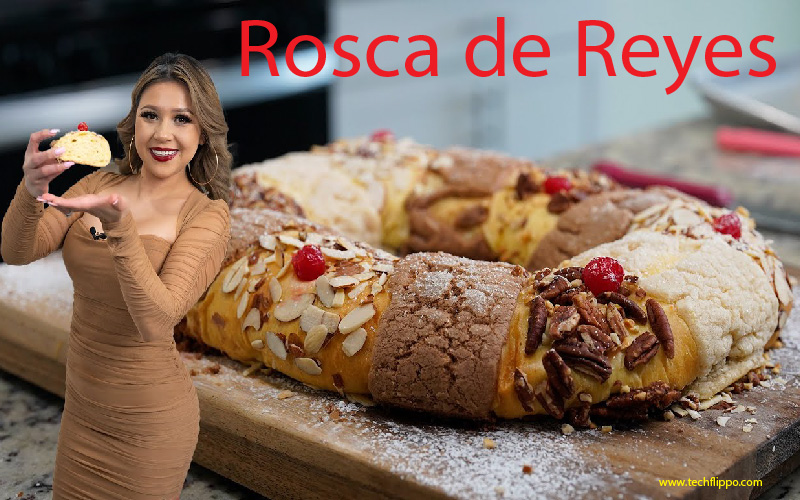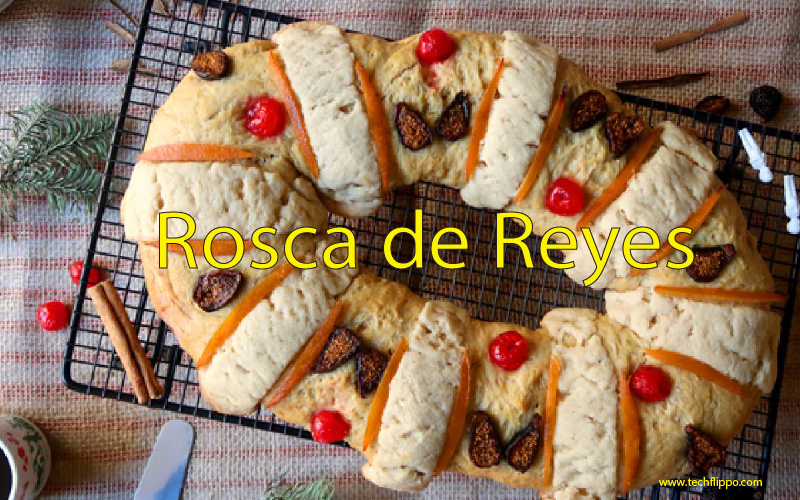The History and Significance of Rosca de Reyes
Step into the enchanting world of Rosca de Reyes, a beloved tradition filled with history, symbolism, and delicious flavors. Join us on a journey to unravel the origins and significance of this festive treat that has captured the hearts and taste buds of many around the globe. Discover why Rosca de Reyes continues to hold a special place in our celebrations and cultural heritage.

What is Rosca de Reyes?
Rosca de Reyes, also known as King’s Cake, is a traditional sweet bread enjoyed in many Latin American countries and Spain during the celebration of Three Kings Day on January 6th. This ring-shaped pastry is rich in history and symbolism, making it a centerpiece of the holiday festivities.
The Rosca de Reyes is adorned with colorful candied fruits that represent the jewels adorning the crowns of the Wise Men who visited baby Jesus. Baked inside this delicious bread are hidden figurines symbolizing baby Jesus. It is said that whoever finds the figurine must host a party or buy tamales for everyone on Candlemas Day.
This delightful treat brings families and friends together to share in its sweetness and partake in this age-old tradition full of joy and camaraderie.
The Origins of the Tradition
Rosca de Reyes, a beloved tradition in many Latin American countries, has roots that date back centuries. The origins of this sweet bread can be traced to Spain and the celebration of Three Kings Day or Epiphany on January 6th. This holiday marks the biblical journey of the Three Wise Men to visit baby Jesus.
The circular shape of the Rosca de Reyes symbolizes the crown worn by the Three Kings as they followed the star to Bethlehem. Inside this delicious pastry hides figurines representing baby Jesus, which adds an element of surprise and joy to those who find them in their slice.
Over time, this tradition made its way across continents and became intertwined with various cultural customs. Today, families gather on January 6th to share a Rosca de Reyes and celebrate together, keeping alive a tradition rich in history and meaning.
Symbolism and Meaning of the Ingredients
Rosca de Reyes is not just a delicious sweet bread; it is also filled with symbolism and meaning embedded in its ingredients. From the shape of the bread to the hidden surprises inside, each element carries significance.
The circular shape of Rosca de Reyes represents the crown worn by the Three Wise Men who visited baby Jesus. It symbolizes unity and eternity, showcasing that faith has no beginning or end.
The dried fruits and candied toppings scattered on top represent jewels adorning a royal crown. They add sweetness to the bread, signifying joy and abundance for the year ahead.
Hidden inside are small figurines representing baby Jesus hiding from King Herod’s soldiers. Finding these figures brings luck and prosperity while reminding us of the importance of protecting innocence amidst adversity.
In every bite of Rosca de Reyes lies a story rich in tradition and symbolism, making it more than just a pastry—it’s a cultural experience worth savoring.
How is Rosca de Reyes Celebrated?
One of the most exciting parts of celebrating Rosca de Reyes is gathering with loved ones to enjoy this delicious sweet bread. The festivities usually take place on January 6th, also known as Three Kings Day or Epiphany.
Families and friends come together to share a slice of Rosca de Reyes, which often has a hidden figurine inside representing baby Jesus. Whoever finds the figurine is responsible for hosting a party on February 2nd, Candlemas Day.
Another fun tradition during Rosca de Reyes celebrations is drinking hot chocolate or champurrado alongside the bread. It’s all about creating lasting memories and enjoying time with those closest to you.
Children especially look forward to this day as they anticipate receiving gifts from the Three Wise Men who visited baby Jesus in Bethlehem according to Christian tradition. The joy and excitement are palpable as everyone partakes in this meaningful celebration.

Variations of Rosca de Reyes Across Different Cultures
Rosca de Reyes, the sweet bread enjoyed during Three Kings Day, has variations across different cultures that add unique flavors and traditions to this festive treat. In Mexico, the traditional Rosca de Reyes is often flavored with orange blossom water and decorated with candied fruits representing jewels on a crown. Meanwhile, in Spain, the Roscón de Reyes may be filled with cream or truffle filling for an extra indulgent twist.
In some Latin American countries like Argentina and Colombia, Rosca de Reyes is topped with sugar sprinkles or almonds instead of dried fruits. Additionally, in France and Portugal, a similar cake known as Galette des Rois features puff pastry filled with almond cream or frangipane. Each variation reflects the cultural influences and ingredients available in different regions around the world.
As families gather to celebrate Three Kings Day each year, these diverse interpretations of Rosca de Reyes serve as a delicious reminder of how food can connect us across borders and generations.
Modern Day Celebrations and Traditions
In modern times, the celebration of Rosca de Reyes has evolved to include a variety of customs and traditions that add depth to this festive occasion. Families and friends come together to share in the joy of cutting into the colorful and delicious bread, each hoping to find the hidden figurine inside. It’s a moment filled with anticipation and laughter as everyone eagerly awaits to see who will be crowned king or queen for the day.
As part of the tradition, whoever finds the figurine is responsible for hosting another gathering on Día de la Candelaria in February, further extending the festivities. This custom not only strengthens bonds between loved ones but also adds an element of surprise and fun to the celebration. Additionally, many bakeries now offer unique variations of Rosca de Reyes, catering to different tastes with flavors like chocolate or fruit-filled versions.
These modern-day celebrations help keep alive the spirit of community and generosity that are at the heart of Rosca de Reyes.
Conclusion: Why Rosca de Reyes Continues to be a Beloved Tradition?
Rosca de Reyes continues to be a beloved tradition not just because of its delicious taste, but also because of the rich history and symbolism behind it. The act of sharing this sweet bread with loved ones symbolizes unity, family bonding, and the joy of coming together to celebrate.
As people gather around to enjoy a slice of Rosca de Reyes during the holiday season, they are reminded of the importance of tradition, culture, and passing down customs from one generation to the next. This traditional pastry brings a sense of nostalgia and warmth that transcends time and connects individuals to their roots.
Whether you indulge in a slice with a hot cup of chocolate on Three Kings’ Day or participate in the fun tradition of finding the hidden figurine inside the bread, Rosca de Reyes embodies the spirit of celebration and community. So next time you bite into this festive treat, remember that you are not just tasting a delicious dessert – you are partaking in a centuries-old ritual that has stood the test of time.